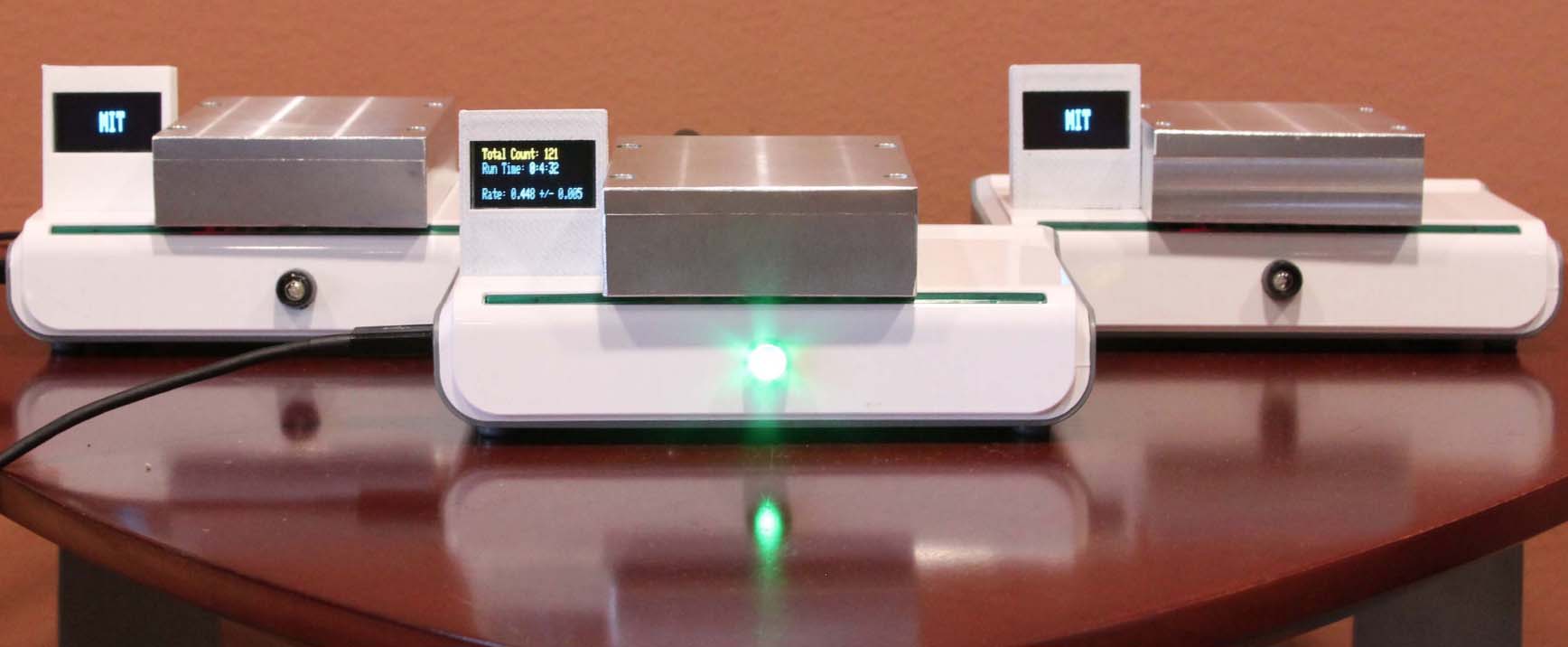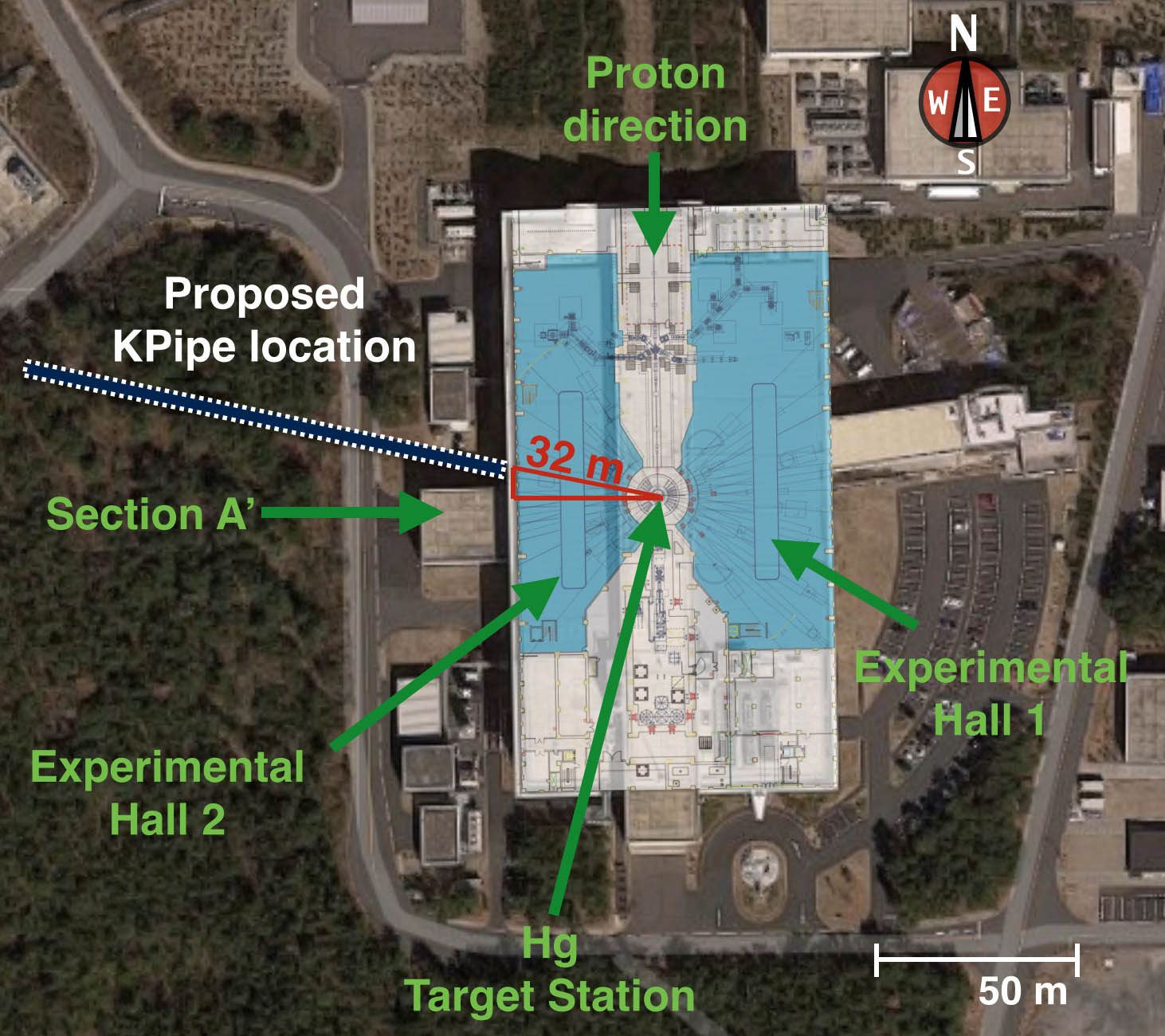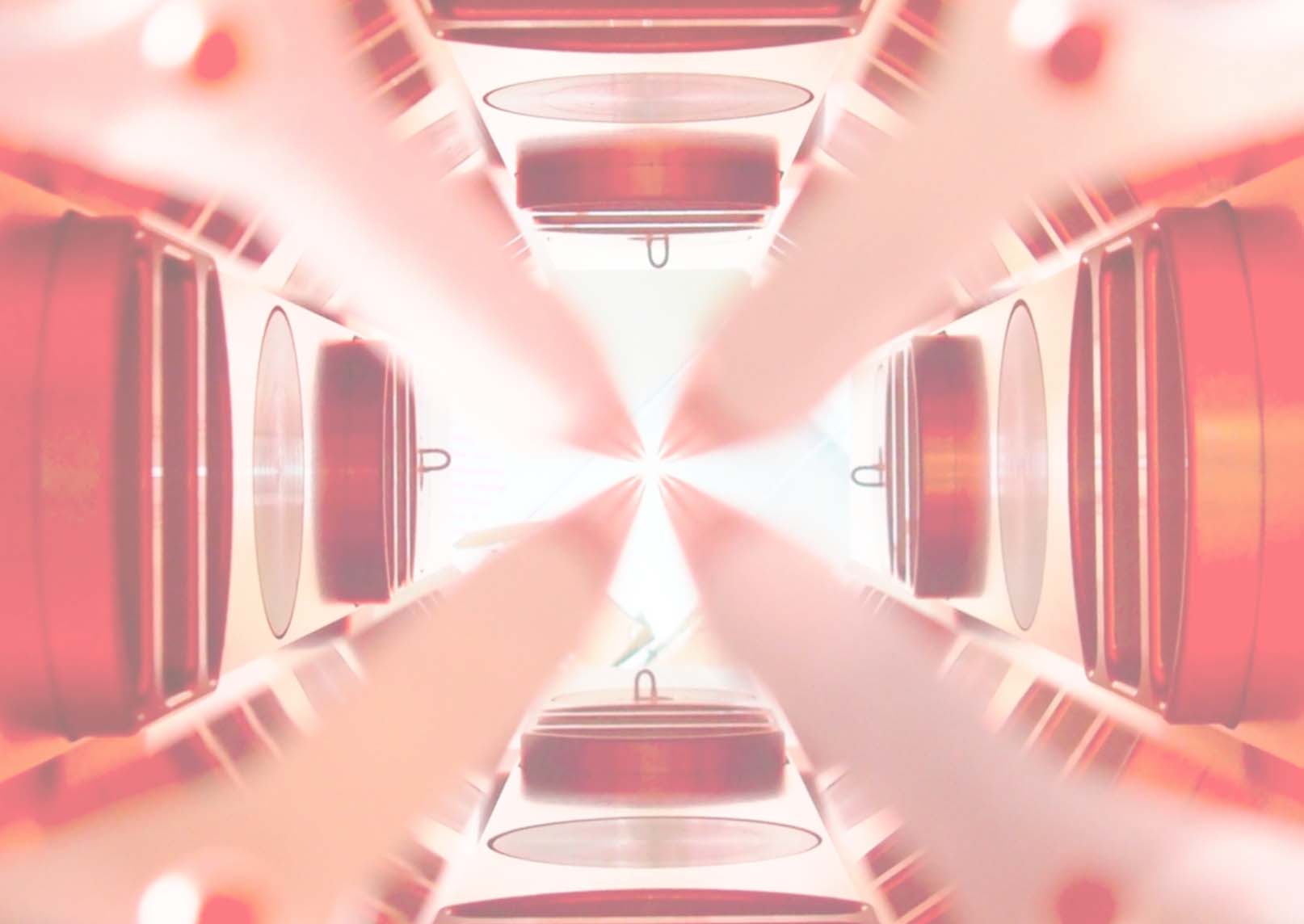Decisive disappearance search at high Δm2 with monoenergetic muon neutrinos
KPipe” is a proposed experiment which will study muon neutrino disappearance for a sensitive test of the Δm2∼1 eV2 anomalies, possibly indicative of one or more sterile neutrinos. The experiment is to be located at the J-PARC Materials and Life Science Experimental Facility’s spallation neutron source, which represents the world’s most intense source of charged kaon decay-at-rest monoenergetic (236 MeV) muon neutrinos. The detector vessel, designed to measure the charged-current interactions of these neutrinos, will be 3 m in diameter and 120 m long, extending radially at a distance of 32 to 152 m from the source. This design allows a sensitive search for νμ disappearance associated with currently favored light sterile neutrino models and features the ability to reconstruct the neutrino oscillation wave within a single, extended detector. The required detector design, technology, and costs are modest. The KPipe measurements will be robust since they depend on a known energy neutrino source with low expected backgrounds. Further, since the measurements rely only on the measured rate of detected events as a function of distance, with no required knowledge of the initial flux and neutrino interaction cross section, the results will be largely free of systematic errors. The experimental sensitivity to oscillations, based on a shape-only analysis of the L/E distribution, will extend an order of magnitude beyond present experimental limits in the relevant high-Δm2 parameter space.









